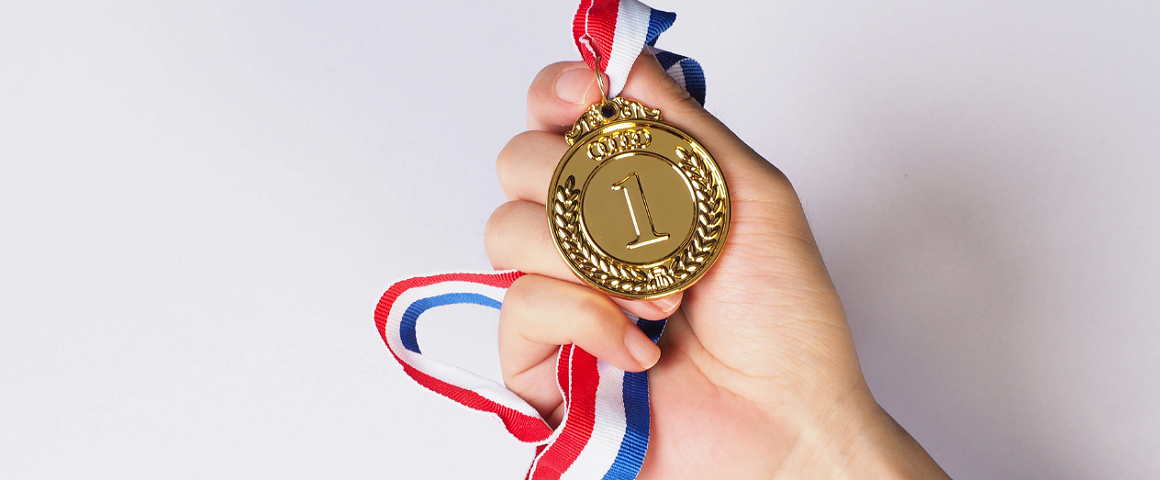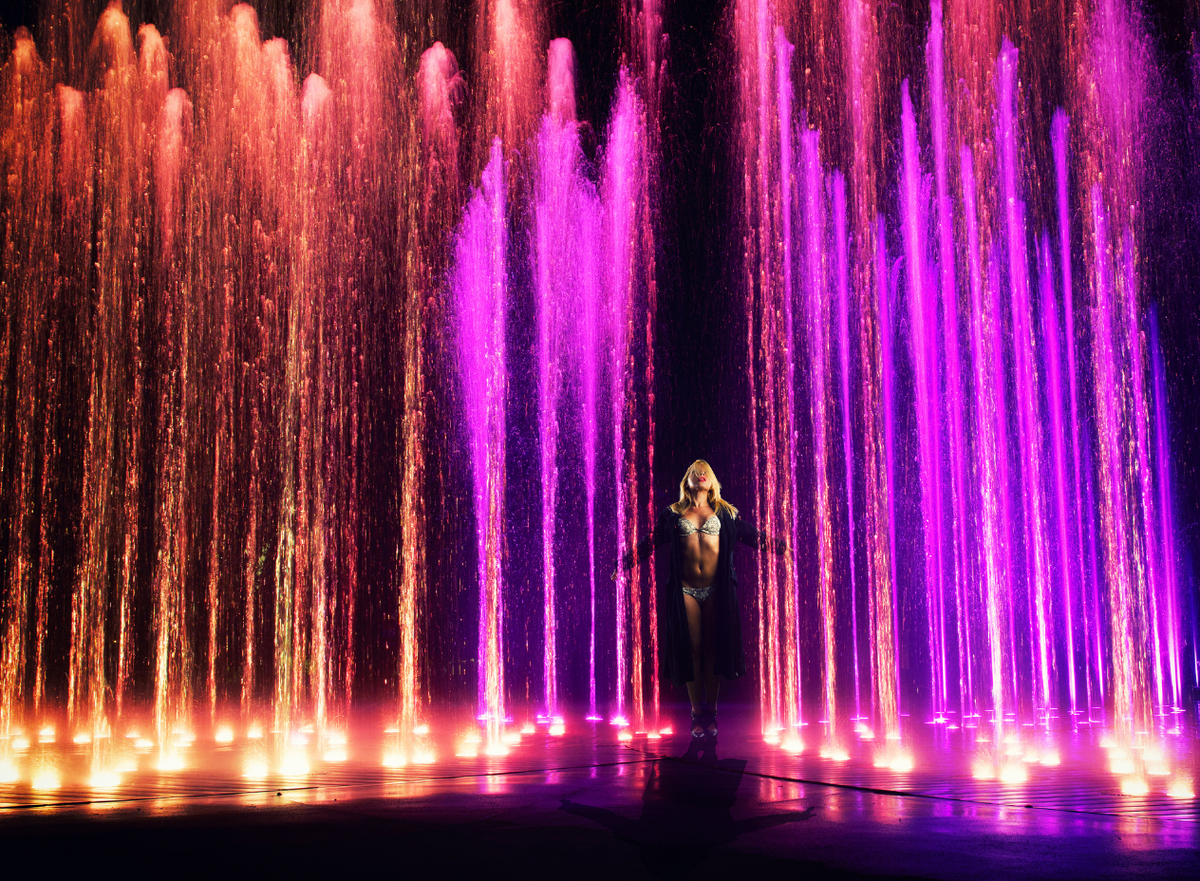
LUPIT pole
Jul 18 - 7 min read


Pole dancing, often misunderstood and stereotyped, has made significant strides towards recognition as a legitimate sport. This path to inclusion in the Olympics is a testament to those involved in athleticism, dedication, and perseverance. This record looks at the history of pole dancing, its evolution into a recognized sport, and the ongoing efforts to gain its inclusion in the Olympic Games, highlighting the role of the International Pole Sports Federation (IPSF) in this effort.

Origins and early development
Pole dancing as we know it today has its roots in various cultures and practices. It is believed to have originated from the ancient Indian sport of Mallakhamb, which involves performing aerial yoga and gymnastics on a wooden pole or stick. Mallakhamb dates back to the 12th century and is still practiced in India today.
Another important influence is Chinese pole acrobatics, which perform acrobatic feats on vertical poles. This form of pole artistry has been part of Chinese circus performances for centuries.
In modern times, pole dancing became popular in strip clubs in the United States in the 1980s. During this time, sex workers played a crucial role in the development and popularization of pole dancing. They invented various tricks and performances demonstrating the strength, flexibility, and creativity required for pole dancing. Despite the stigma attached to the profession, the contributions of these performers were instrumental in making pole dancing the artistic and athletic discipline it is recognized as today.
Transition to fitness and competitive sport
The transition of pole dancing from clubs to gyms and studios marked a significant change in perception. Pole fitness classes emerged around the world, emphasizing the strength, flexibility, and technical skills required to perform pole tricks. This period saw the rise of influential pole dancers who championed the sport and helped to remove the stigmas associated with it.
Competitions played a crucial role in this transition. Events such as the World Pole Dance Championships and the Pole Art World Cup showcased the incredible athleticism and artistry of pole dancers and helped to legitimize the sport.
Foundation and Mission
The International Pole Sports Federation (IPSF) was founded in 2009 by Katie Coates, a former gymnast and pole dancer, who envisioned a world in which pole dancing would be recognized as a legitimate sport. The IPSF's mission is to promote pole dancing worldwide, ensure fairness, and strive for Olympic recognition.
The IPSF introduced a standardized set of rules and regulations for competitions that focus on the athletic and artistic components of pole dancing. This standardization was instrumental in presenting pole dance as a serious sport, similar to gymnastics or figure skating.
.png)
Global competitions and standards
The IPSF organizes the annual World Pole Sports Championships (WPSC), which attracts participants from all over the world. The WPSC has been instrumental in raising the profile of pole vaulting and providing a platform for athletes to showcase their skills and artistry at an international level.
To fulfill its mission, the IPSF has developed the Code of Points, a detailed scoring system for evaluating pole sports competitions. This system ensures that performances are judged consistently and fairly, focusing on technical difficulty, execution, and artistic presentation.
The path to Olympic inclusion
Recognition by the GAISF
Recognition by the Global Association of International Sports Federations (GAISF) was an important milestone on the road to Olympic inclusion. In 2017, the IPSF was granted observer status by the GAISF, a decisive step on the way to full recognition.
Observer status is the first stage in the GAISF recognition process. It allows the IPSF to participate in GAISF events and meetings and offers the opportunity to network with other sports federations and become better known in the international sports community.
Challenges and progress
Full recognition by the International Olympic Committee (IOC) is a complex and lengthy process. It requires the fulfillment of strict criteria in terms of governance, global reach and anti-doping measures. The IPSF has worked diligently to meet these requirements, implement robust governance structures and promote anti-doping education for athletes.
One of the biggest challenges pole sports is overcoming the stigma associated with its past. Despite its development into a respected sport, pole dancing still struggles with stereotypes related to its association with strip clubs. The IPSF and the wider pole sport community have actively fought against these misconceptions, emphasizing the athleticism and artistry associated with the sport.

Pole dancers are profoundly proud of the sex workers, strippers, and other trailblazers who have significantly contributed to the development of pole sports. These pioneers laid the foundational techniques and artistic expressions that have evolved into the highly respected athletic discipline seen today. Their resilience, creativity, and dedication have been instrumental in transforming pole dancing from a misunderstood art form into a recognized sport.
This rich history should not be viewed as a stigma for any organization but rather as a testament to the strength and spirit of those who embraced pole dancing, often in the face of societal prejudice. By acknowledging and honoring their contributions, we celebrate the diverse roots of pole sports and the profound impact these individuals have had on the discipline. Their legacy is a source of inspiration, demonstrating how pole dancing nurtures the body, soul, and mind, while also providing a means of supporting their families and communities.
Recognizing this history underscores the importance of inclusivity and respect within the pole sports community, ensuring that every individual who has contributed to its growth is honored and celebrated. The perseverance and artistry of these pioneers continue to inspire current and future generations of pole dancers, driving the sport toward greater acceptance and recognition on the global stage.
The global pole sports community has been instrumental in supporting the IPSF's efforts. Grassroots movements, social media campaigns, and the involvement of prominent pole athletes have helped to raise awareness of the sport and gain support for its Olympic aspirations.
Inclusion in the Olympic Games would bring numerous benefits to pole sports. It would provide athletes with a global platform to showcase their talents, inspire new generations of pole dancers, and help to remove the stigmas associated with the sport. In addition, Olympic recognition would likely lead to an increase in funding and resources for athletes and organizations, encouraging the growth and development of the sport.
For pole dance to become an Olympic sport, the IPSF must continue to prove that it meets the IOC's criteria. This includes not only maintaining high standards in the areas of governance and anti-doping but also ensuring that the sport has a broad and diverse global reach. The IPSF needs to demonstrate that pole sport is practiced and popular in many countries, with strong national federations supporting the sport.
.png)
Education and lobbying remain crucial components on the road to Olympic inclusion. The IPSF and the pole sports community must continue to educate the public, media, and sports officials about the legitimacy and value of pole sports. This includes showcasing the athleticism, dedication, and artistic ability of pole dancers and emphasizing the positive health and fitness benefits of pole sports.
Pole dancing's journey towards Olympic recognition is a remarkable story of transformation and perseverance. From its roots in ancient cultures to its emergence as a competitive sport, pole dancing has evolved significantly. The efforts of the IPSF and the global pole sports community have been instrumental in this journey, paving the way for pole dancing to be recognized as a legitimate and respected sport.
Although there are still some challenges to overcome, the progress made so far is promising. Recognition by the GAISF and the increasing popularity of pole dancing competitions are important milestones. With continued advocacy, education, and support from the global community, pole dance has the potential to realize its Olympic dreams and bring the sport and its athletes the recognition they deserve.
For more information about the IPSF and its efforts to achieve Olympic recognition, please visit the official website of the International Pole Sports Federation.